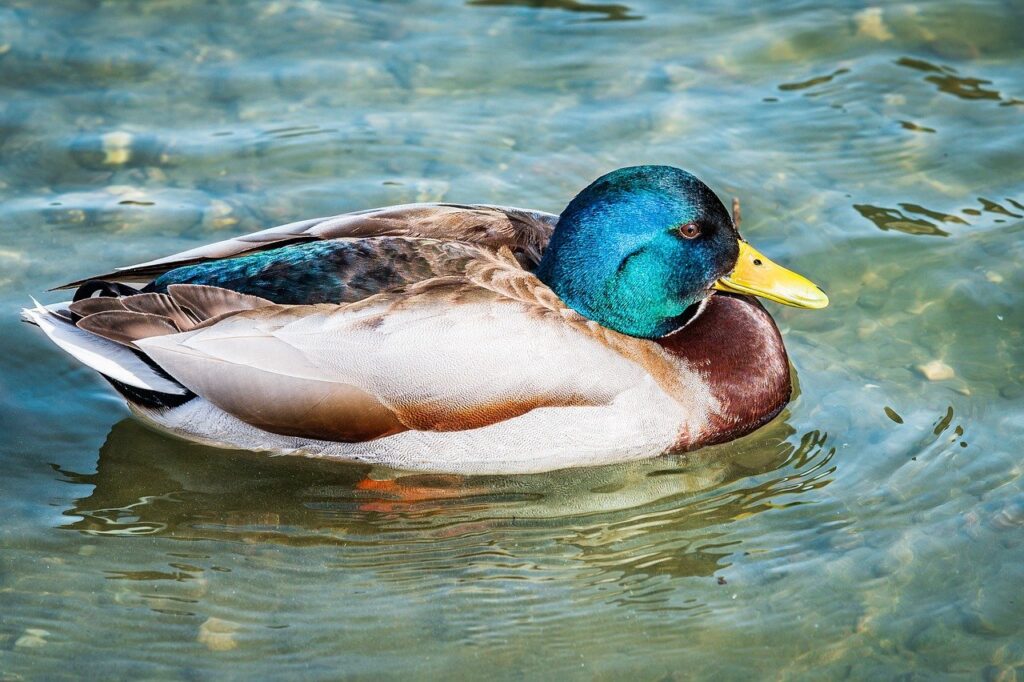Sustainable Agriculture Definition AP Human Geography
The sustainable agriculture definition ap human geography is not theory, but a demand for operational change. It requires:
Preserving soil, water, and pollinator resources. Rotating crops, minimizing chemical inputs, and reducing erosion. Sustaining viable family businesses and food systems.
The best operations apply it systematically, tracking inputs, outputs, and ecosystem signals at every turn.
Core Practices That Define Environmentally Friendly Farming
1. Crop Rotation and Polyculture
Planting diverse crop species (corn, soybeans, cover crops, small grains) across seasons keeps pests at bay and soil balanced. Diverse rotations align exactly with the sustainable agriculture definition ap human geography—each crop builds or uses different nutrients, supporting longterm productivity.
2. NoTill and MinimumTill Methods
Heavy tillage destroys structure, erodes soil, and releases carbon. Notill drills plant seeds directly into residue, conserving water, supporting microbial life, and locking in organic matter. Minimum till combines the efficiency of modern machinery with a light environmental footprint.
3. Cover Cropping
Always keep soil covered—be it with clover, ryegrass, or vetch during offseason. This shields earth from wind and rain, adds nutrients, and blocks weeds—core to the sustainable agriculture definition ap human geography.
4. Integrated Pest Management (IPM)
Spraying as a default is outdated. IPM means:
Monitoring for pest populations—spray only when economic threshold is crossed. Using beneficial insects, crop variety, barriers, and mechanical removal. Rotating chemicals to prevent resistance.
Farms cut pesticide use, adapt to pest cycles, and retain beneficial species.
5. Organic Soil Amendments
Compost and manure replace imported fertilizers. Onfarm nutrients complete loops—feeding soil microbes, boosting fertility, and reducing synthetic nitrogen lost as runoff or greenhouse gas.
6. WaterSmart Irrigation and Conservation
Drip, sensordriven, and rainfed systems replace flood irrigation. Buffer strips along streams trap runoff and protect aquatic life; contour tilling reduces downstream silt.
7. Biodiversity Corridors
Farms that plant wildflower strips, hedgerows, or allow woodland patches attract pollinators, house pest control species, and break pest cycles—meeting the “future generations” standard expected by the sustainable agriculture definition ap human geography.
8. Renewable Energy and Efficiencies
Solar, wind, and biogas supplements keep energy costs predictable and emissions down. Efficient, modern equipment reduces diesel and matches horsepower to true need.
The Social and Market Discipline
No farm is an island. Environmentally friendly farming also requires:
Fair wages and worker safety. Local marketing models (CSAs, markets, coop contracts) that keep wealth in the region. Farmtoschool programs, farm tours, and transparency that earn the community’s trust.
The sustainable agriculture definition ap human geography includes people—rural viability and culture are part of the work.
Certification, Auditing, and Policy
Labels like “organic,” “regenerative,” or “fair trade” codify what’s expected—reducing chemicals, protecting soil, and ensuring labor standards. State and federal agencies now offer incentives for cover cropping, pollinator strips, and carbon farming.
Farmers should work directly with extension offices, peer groups, and lenders to build system audits and ensure certified practices match the real risks and advantages in their region.
Measuring Results
What counts as “success?”
Rising soil organic matter and worm counts. Water use per ton of crop is stable or falling. Biodiversity increases: more bird, bee, and beneficial insect presence in and around fields. Profits per acre per year, with less boombust from weather, market, or chemical costs.
Yield only matters when it outlasts a single season.
Barriers and Overcoming Them
Upfront cost: Equipment changes, cover crop seed, or labor needs may be high until returns stabilize. Market adaptation: Some buyers resist nonuniform or “imperfect” produce; building local or specialty marketing is added work. Learning curve: Farmers must relentlessly adapt, experiment, and track data.
Discipline, as described in the sustainable agriculture definition ap human geography, isn’t a tactic, it’s a habit.
Practical Steps for Transition
Rotate at least two or three crops more than the local norm. Plant one field of cover crop in the offseason and measure the difference. Replace one pesticide application with IPM or biological monitoring. Set aside fence areas as wild buffers. Partner with local food buyers for direct marketing and feedback.
Final Thoughts
Environmentally friendly farming is the only logical standard for producers who care about longevity—of their fields, families, and business. The sustainable agriculture definition ap human geography isn’t just a test answer—it’s a structure for disciplined, resilient operations. Choose rotation, restorative amendments, labor equity, and market adaptability every year. In today’s climate, success is measured not just by immediate yield, but by whether your farm will serve another generation—a test, not just of harvest, but of disciplined vision.
